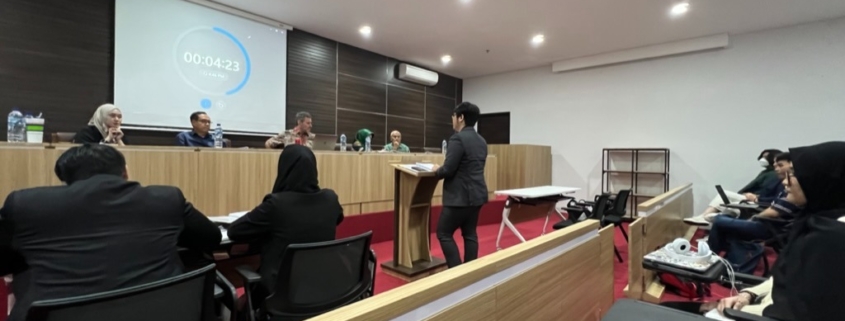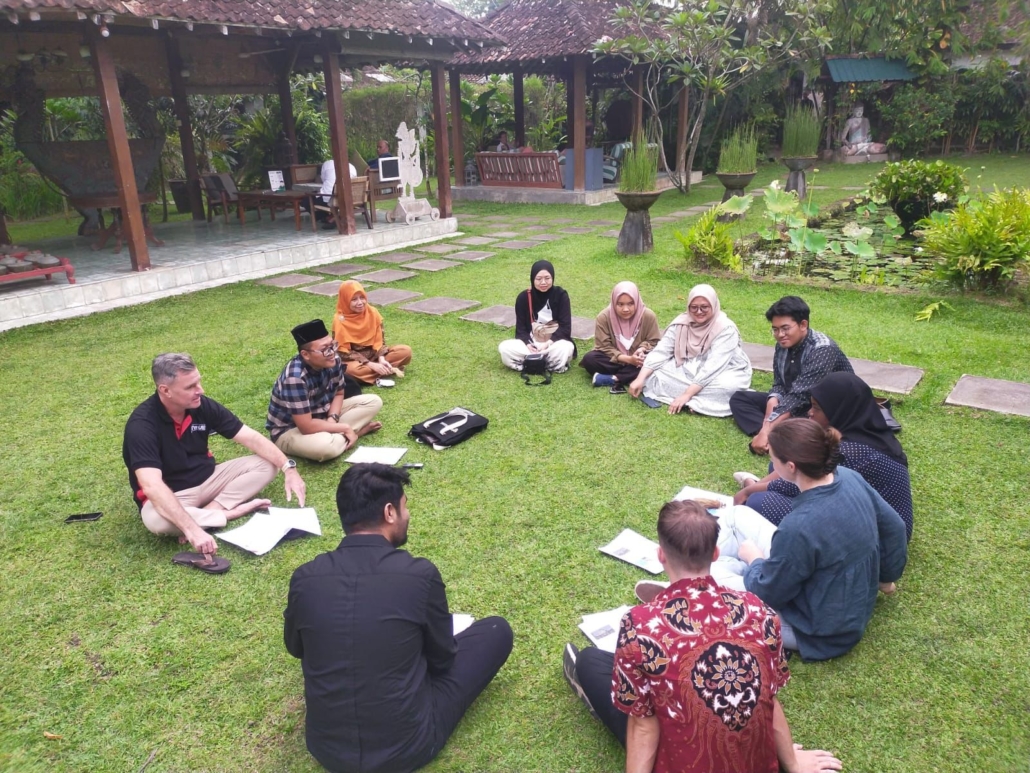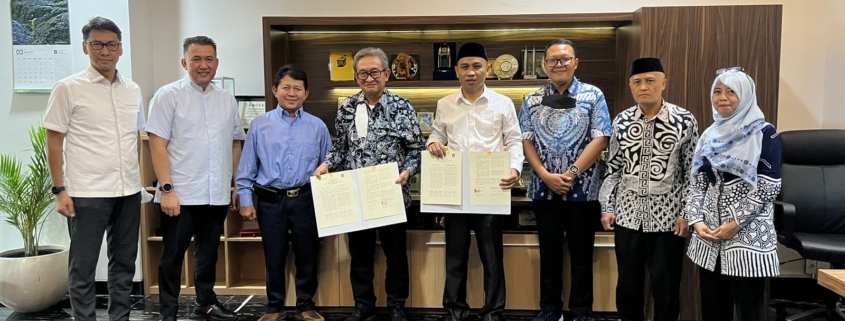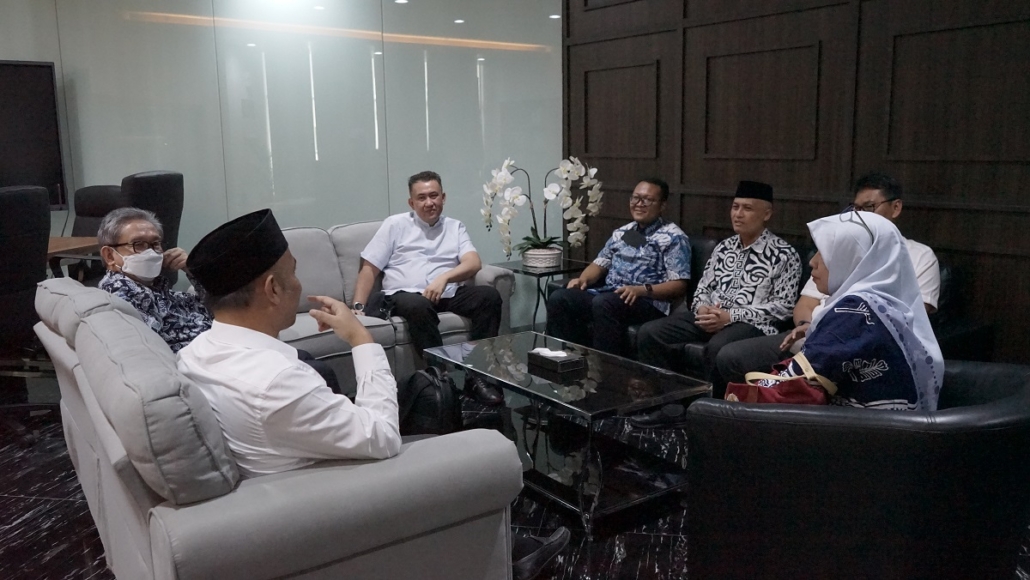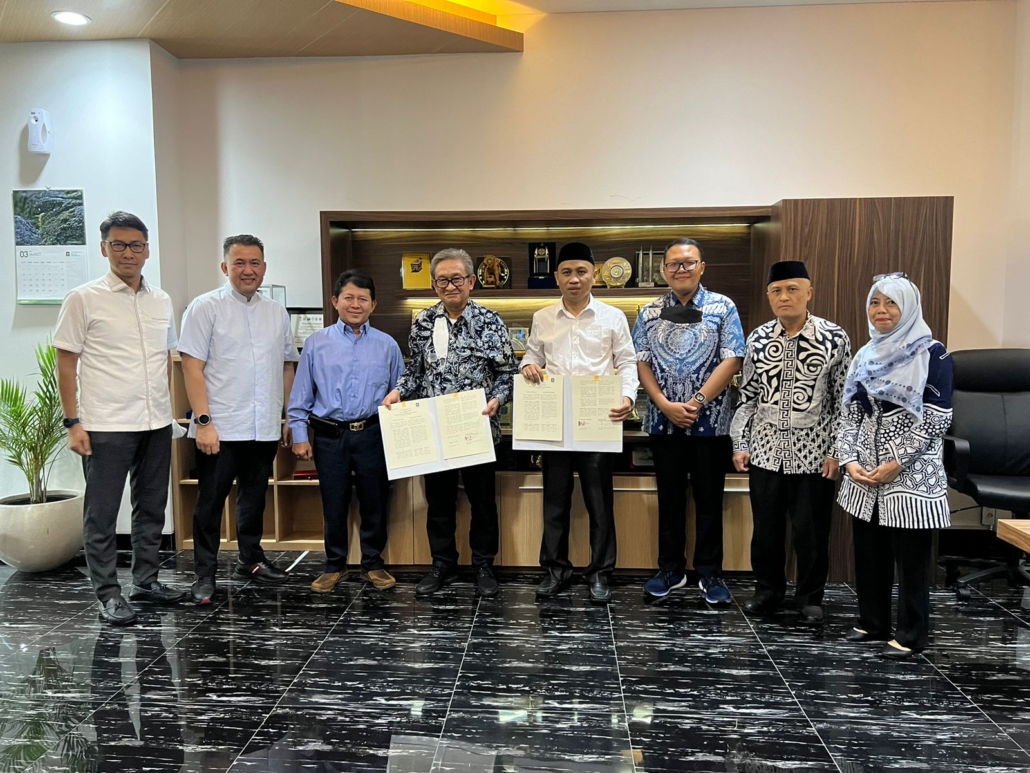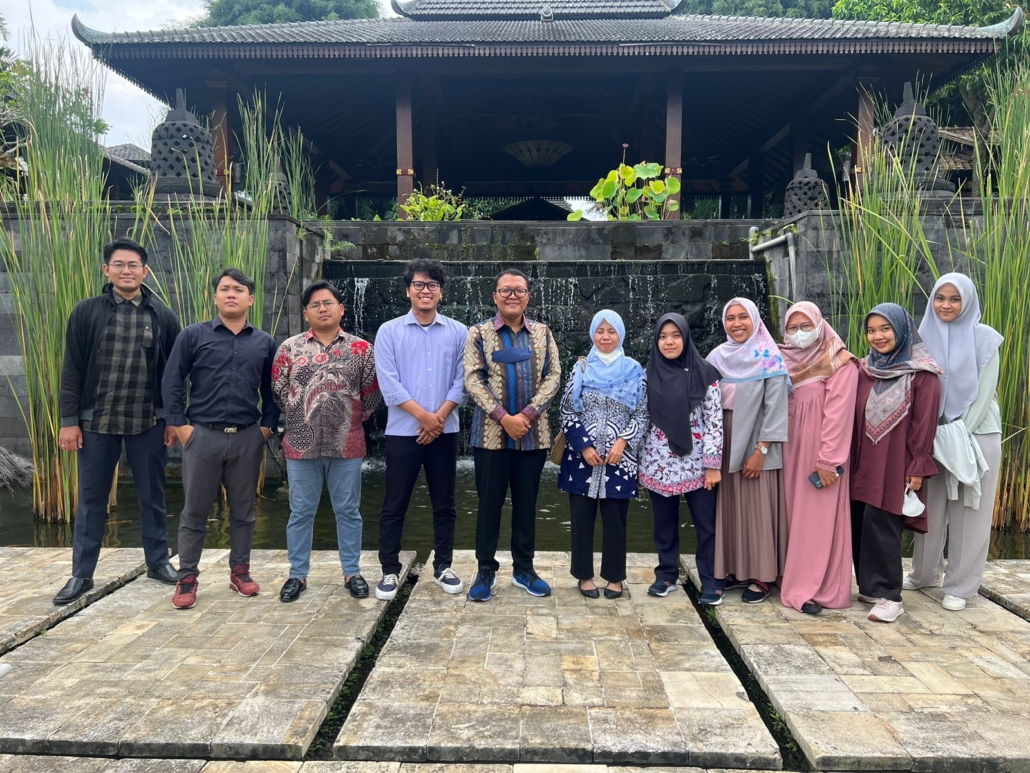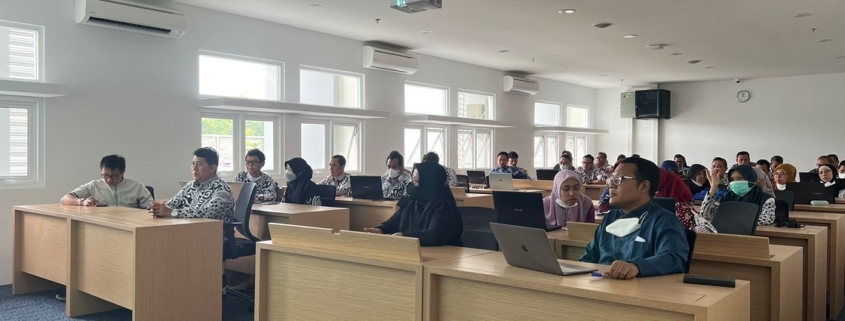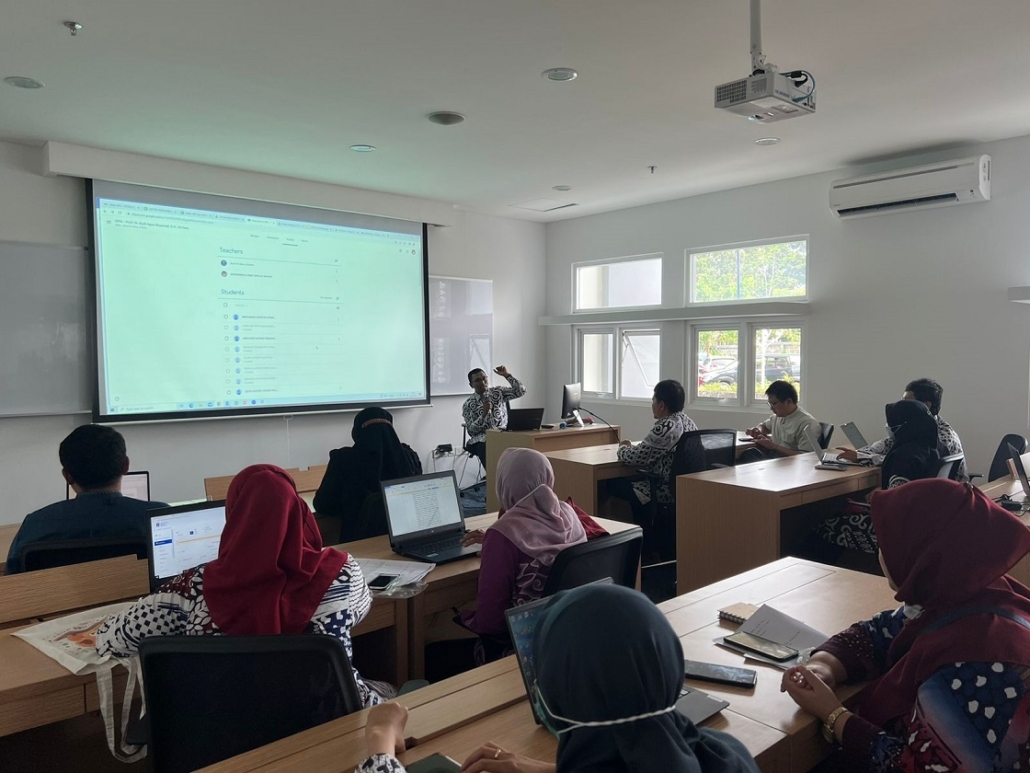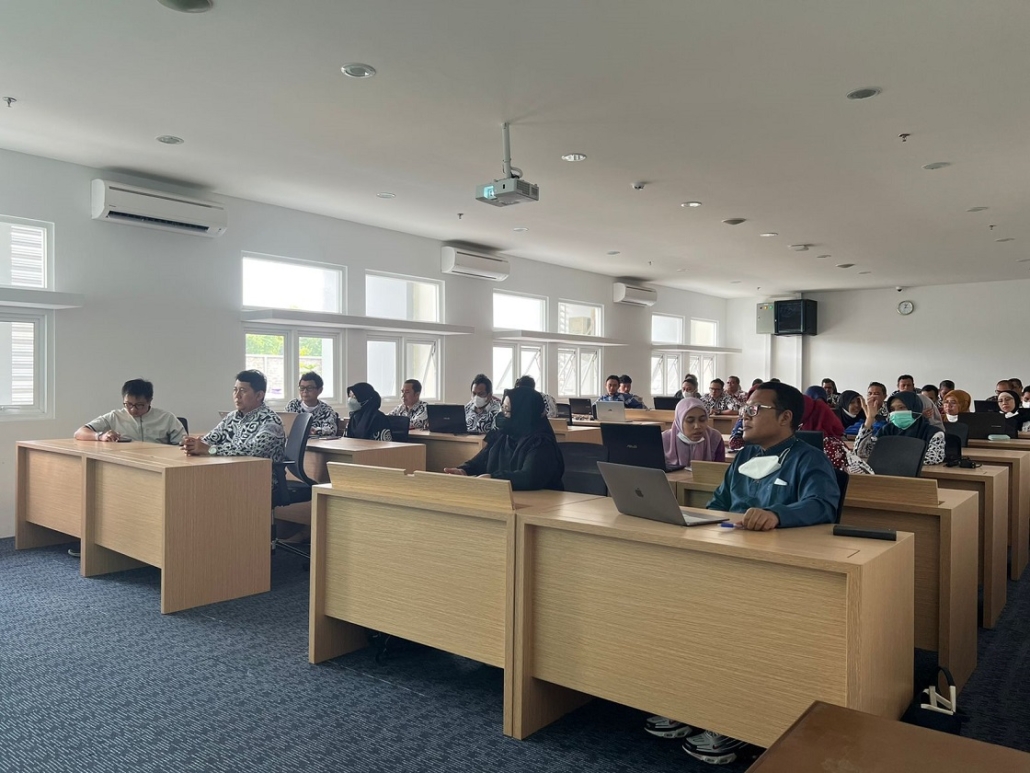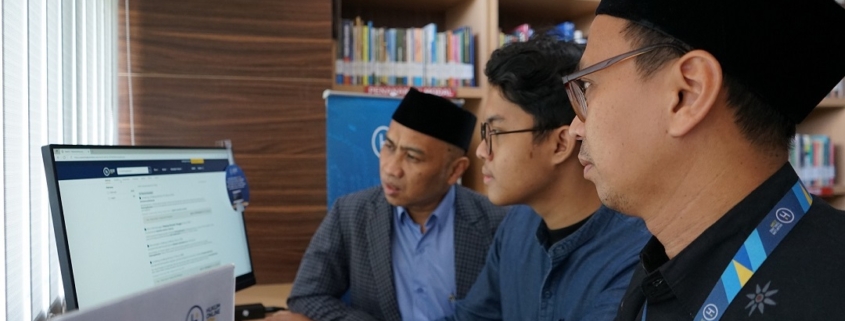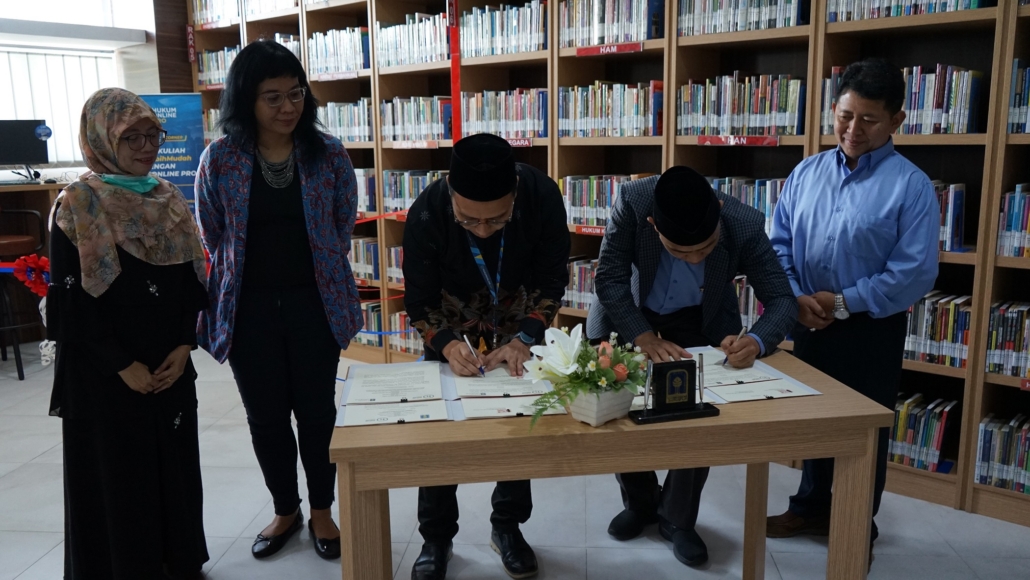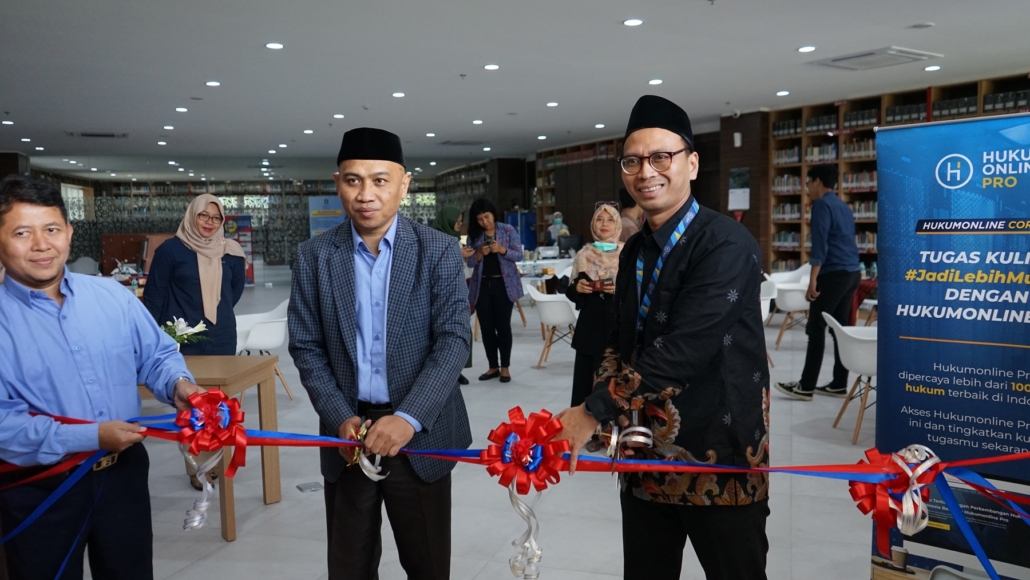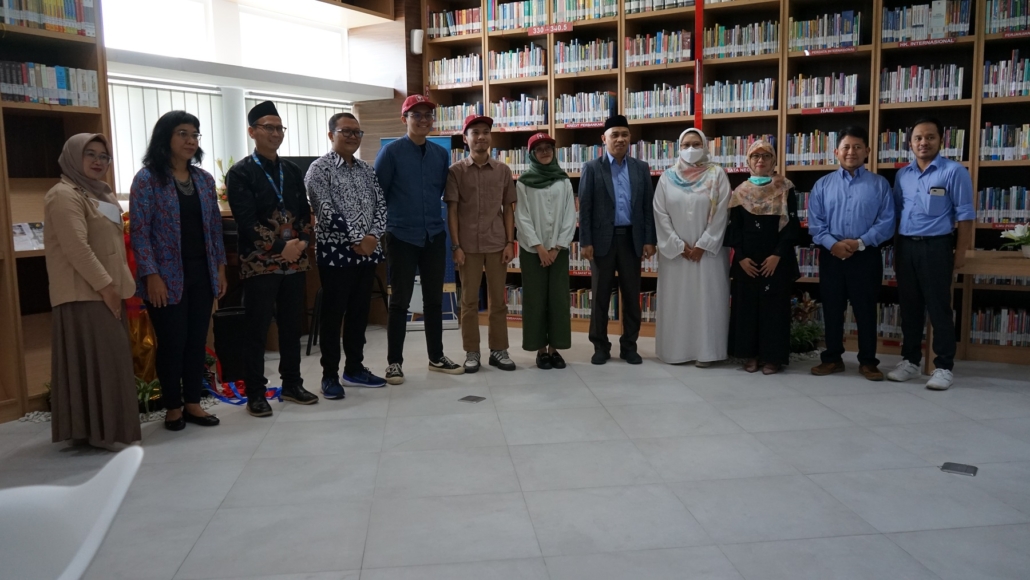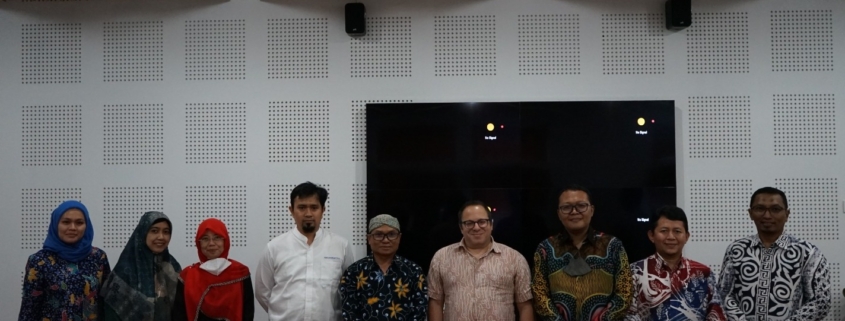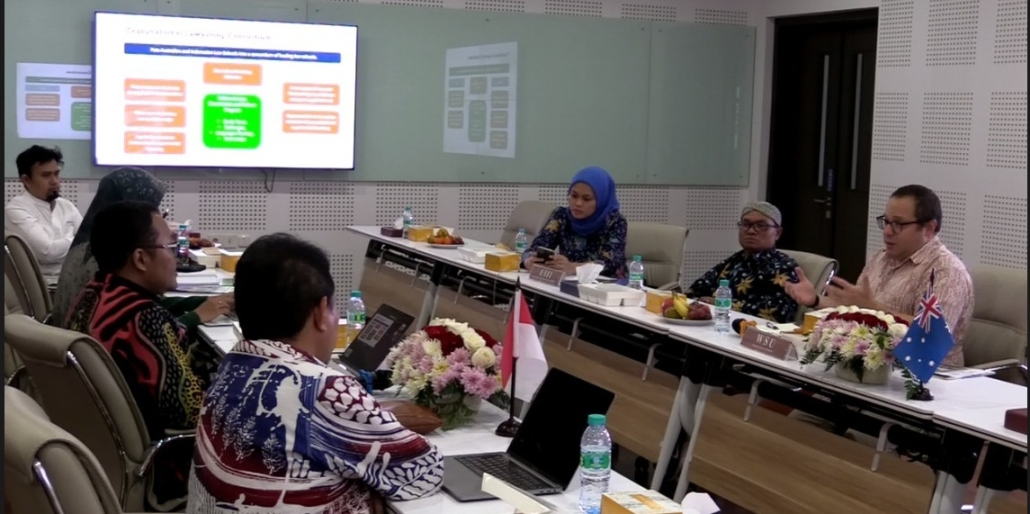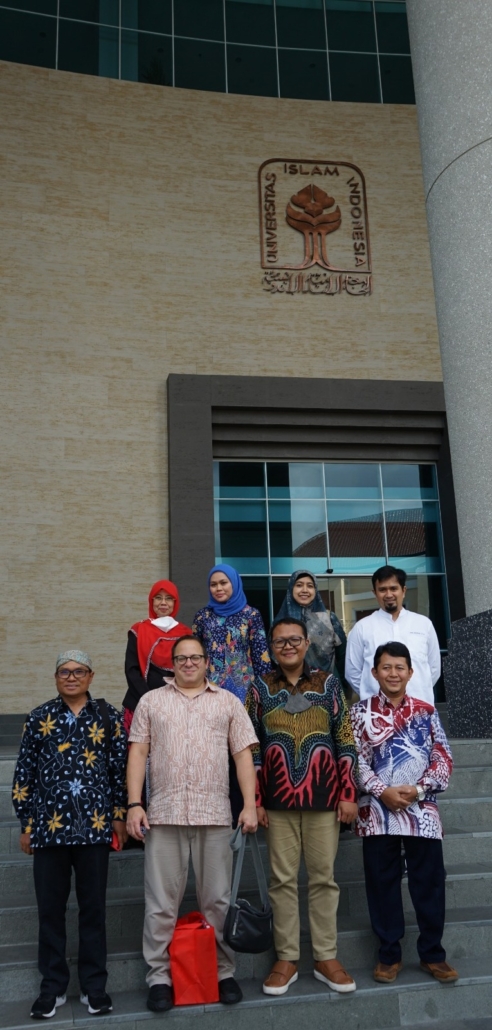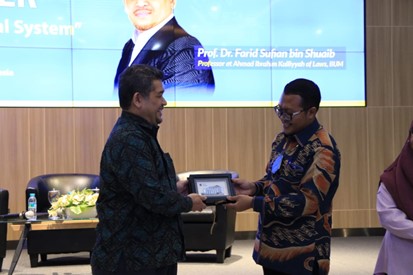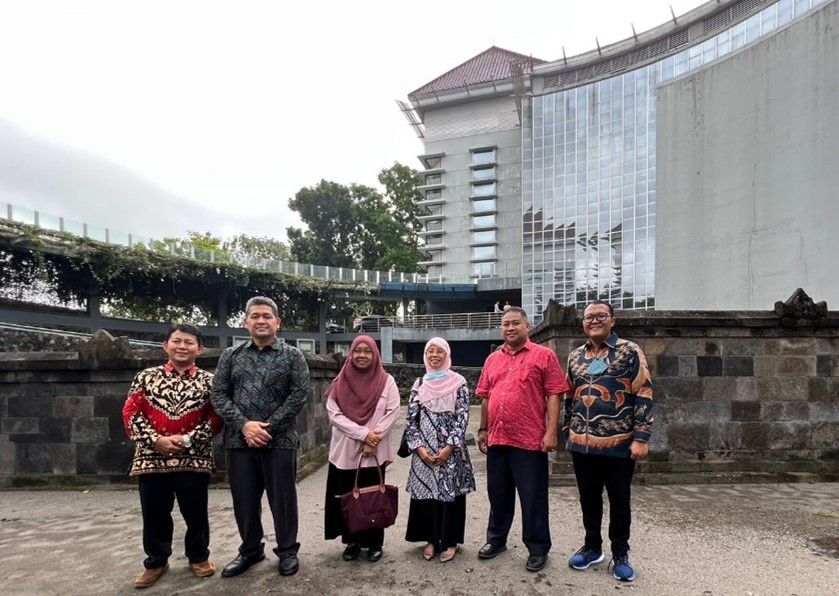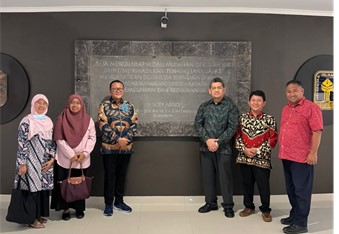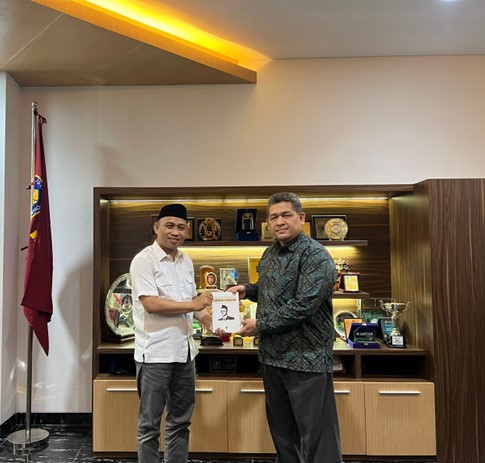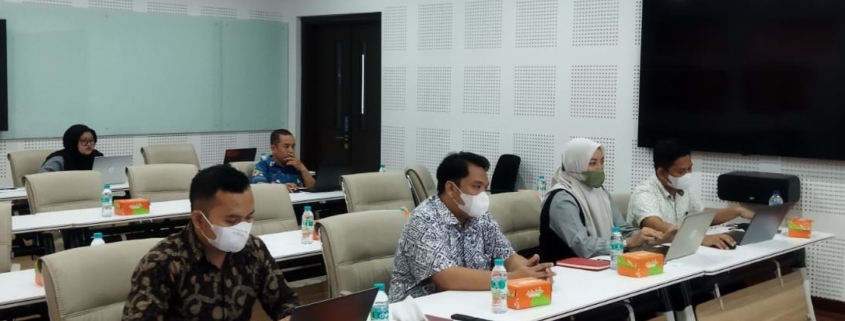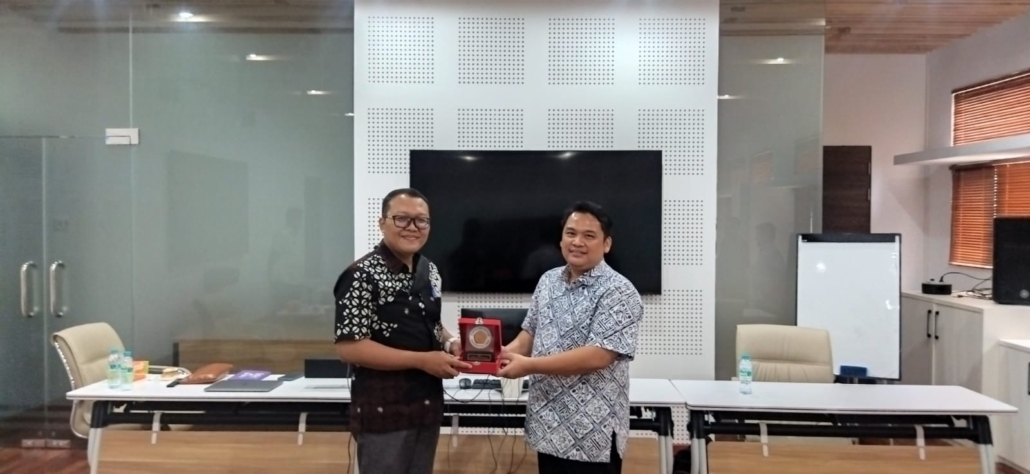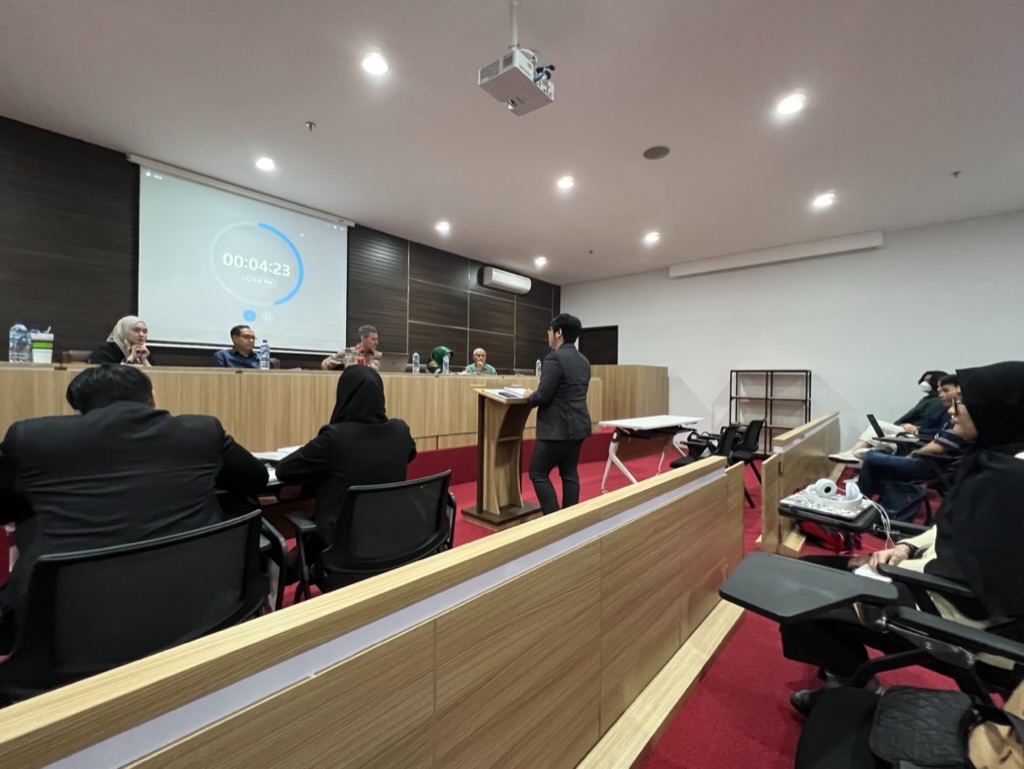
Thursday 25 May 2023 SAIL (Student Associate of International Law) in collaboration with the Law Study Program Undergraduate Program at the Faculty of Law, Islamic University of Indonesia held a Rehearsal for the International Criminal Court Moot Court Competition, Moot Court Competition 2023 which will later be attended by several Law Study Program students from the Law Faculty of the Islamic University of Indonesia as follows: Elvania Rachmansya Ratu Ardiananta, Alif Aufa Rachman, Balogun Faidat Temitope, Dzaki Jenevoa Kartika, Ahmad Kushay and Yusrina Majida Rahma. With a supervisor namely Nur Gemilang Mahardika, S.H., LL.M.
Then the Rehearsal was also attended by Judges, namely Christopher Cason, J.D., LL.M., Deputy Dean for Religion, Student Affairs, and Alumni of the Faculty of Law of the Islamic University of Indonesia, namely Drs. Agus Triyanta, M.A., M.H., Ph.D., Head of the Undergraduate Law Study program, namely Dodik Setiawan Nur Heriyanto, S.H., M.H., LL.M., Ph.D. besides that there is also Prof. dr. Sri Wartini, M.H., Ph.D. and Nur Gemilang Mahardika, S.H., LL.M.
The Head of the Undergraduate Law Study program, namely Dodik Setiawan Nur Heriyanto, S.H., M.H., LL.M., Ph.D said that “in this Rehearsal it is expected that students can prepare well for the competition that will be held in the Netherlands and students from Rehearsal this time have shown pretty good progress. It is hoped that in the future it will be able to bring the good name of the Faculty of Law at the Islamic University of Indonesia in the arena of moot court competition at the international level.”
Apart from the leadership, the rehearsal was also attended by students and all members of the SAIL (Student Associate of International Law) Faculty of Law, Islamic University of Indonesia. After the rehearsal was over, the lecturers who were present gave comments regarding the performance of the participants and used them as material for improvement during the competition in the Netherlands later.

